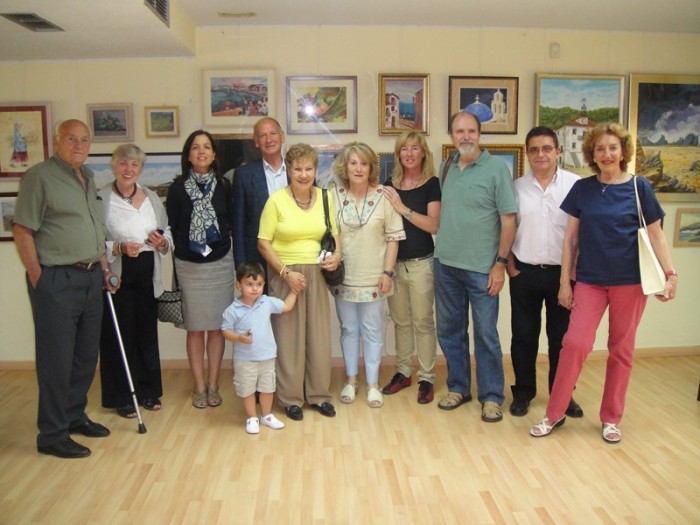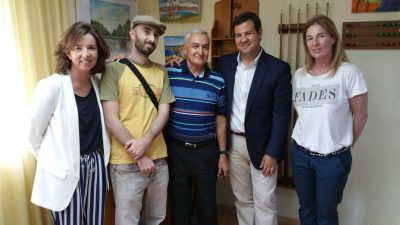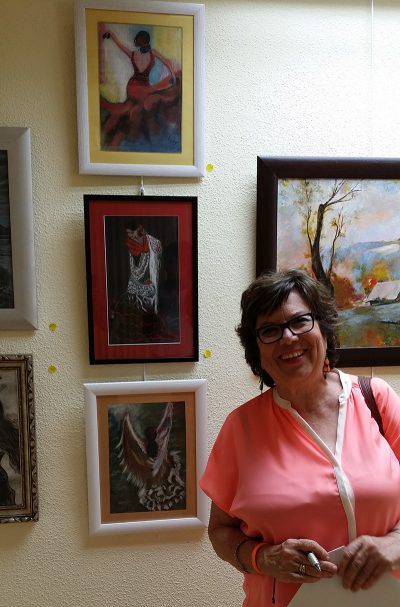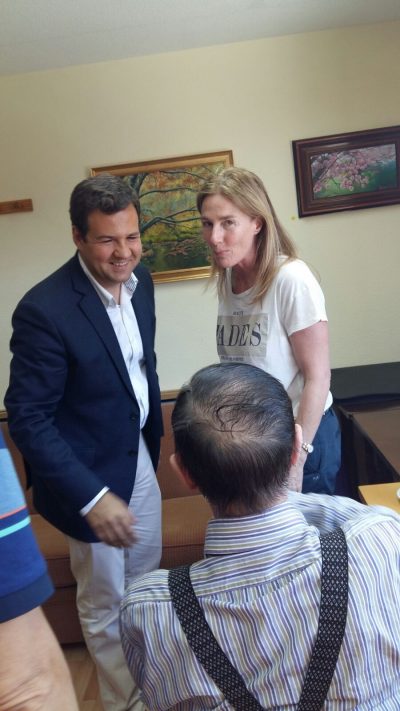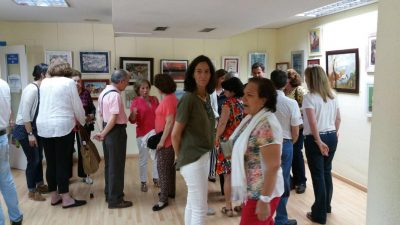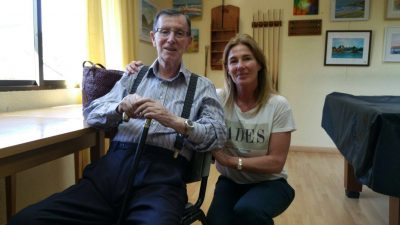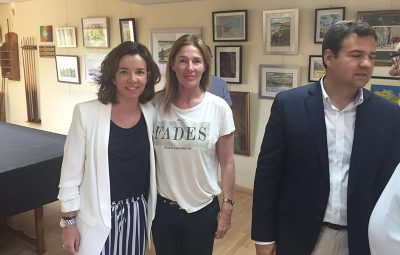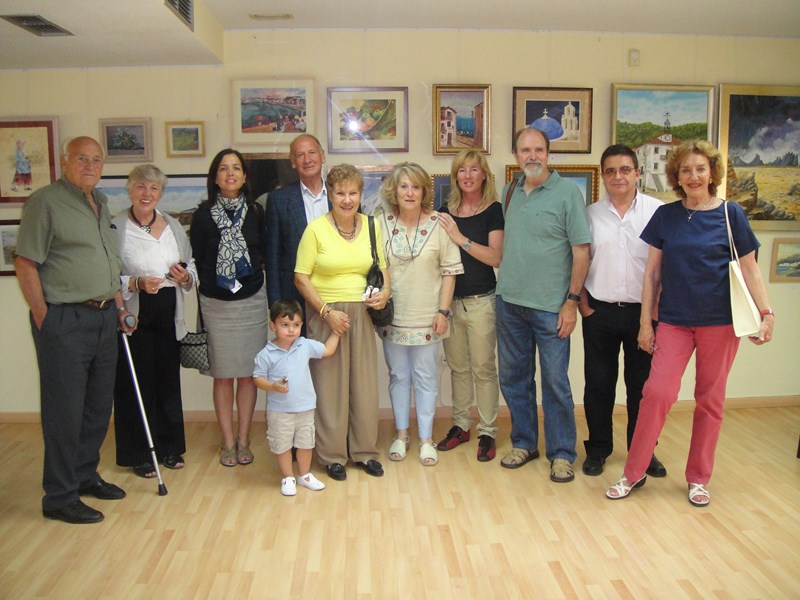
INTRODUCTION TO THE PROGRAMME
Developing our creative side can be tremendously enjoyable and therapeutic. We only need some guidelines to follow in order to acquire some technical knowledge; to master the medium in which we are most comfortable to work and with a little help to express ourselves. For this reason, it is necessary to start this field with classes guided by a teacher.
OBJECTIVES
The aim of this workshop is to provide knowledge of the different means of pictorial expression, using different techniques. The aim of this workshop is to give knowledge of the different means of pictorial expression through different techniques, focusing on those that the students most desire (e.g. oil painting, drawing, watercolour, etc. ……), creating links and developing themes throughout the classes, proposing new challenges and achieving results that will be materialised in an exhibition at the end of the course.
METHODOLOGY
As these are interactive classes between student and teacher, it is important that practical learning is mixed with theory and examples to make it more fun. If we incorporate challenges such as quizzes, teacher-guided exhibitions and outings, this can make it a great workshop for our seniors.
ANNUAL PROGRAMME
25 students per class in order to be able to individualise within the group.
The duration of the classes will be 2 hours, perfect time to be able to develop the work without getting tired.
Notes and documentation to develop individual work if desired.
And of course, you are welcome to make up classes missed for personal reasons.
SYLLABUS
OCTOBER – SELECTION OF MATERIALS; DRAWING.
Selection of materials; Drawing.
Taking the first steps; Format.
How to draw; Shape and colour.
Finding a good framing; Proportion.
NOVEMBER.
Drawing perspective.
Basis in a single colour.
Developing patterns and textures.
Colour technique.
DECEMBER.
Starting with still lifes.
Still lifes
Colourful; Floral motifs.
Still lifes with life
JANUARY.
Developing landscapes.
Flaming skies.
The illusion of water.
Scenes on and under water.
FEBRUARY – STUDY OF STRUCTURES.
Study of structures.
Working with targets.
Representing distances.
Illuminating interiors.
MARCH.
A breath of life in architecture.
Painting outside doors.
Street scenes.
The power of neutrals.
APRIL.
Expressing natural beauty.
Capturing movement.
Portraying people.
Depicting buildings in perspective.
MAY: BEGINNING IN THE ART OF PORTRAITURE.
Beginning in the art of portraiture.
Expressing a subject.
Creating a self-portrait.
Building contrasts.
JUNE.
Questions and answers to the course syllabus
Preparation of works for the end-of-course exhibition.
End of year exhibition.
Preparation of work for the summer.
